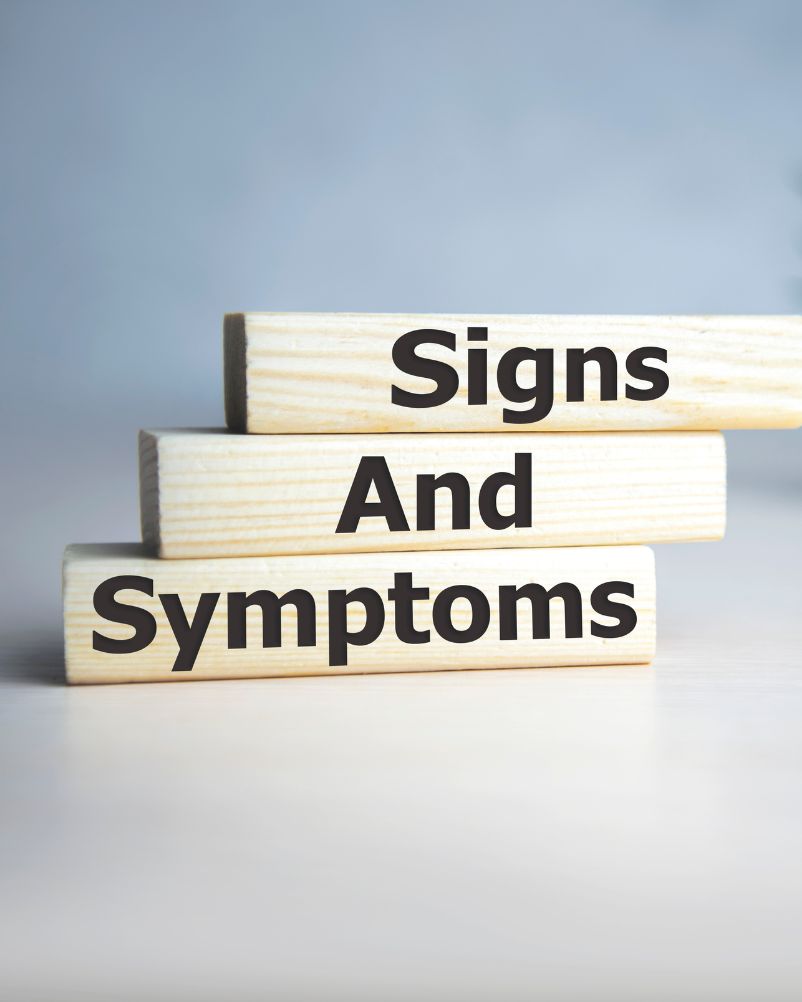
The Truth
Hello, my beautiful sister! Have you ever found yourself short of breath after going up a flight of stairs? What used to feel easy now feels like Mount Everest! Energy loss is attributed to natural aging, but some symptoms may signal that your heart is not doing its job like it used to. So now you may ask yourself, is there a connection between menopause and cardiovascular disease? How can you be sure that your chest pain will go away on its own or if it’s time to see the doctor?
Cardiovascular disease (CVD) is a common and severe health problem that can lead to heart attacks and strokes caused by atherosclerosis—a buildup of fatty plaque in the arteries that supply oxygen-rich blood to your organs. Atherosclerosis can narrow your arteries and make it difficult for blood to flow through them, increasing your risk of cardiovascular problems. While you might associate CVD with men in their 50s, it’s more common than you think—and more likely to strike women than men before they hit middle age.
What Links Menopause and the Risk of Cardiovascular Disease? Get the Facts
Menopause is a natural part of aging but doesn’t cause heart disease. However, menopause can increase your risk of developing cardiovascular disease. Research has shown that women who go through menopause at an earlier age have a higher chance of developing cardiovascular disease than those who go through it later in life.
The reason is that women who experience early menopause are more likely to gain weight or develop diabetes after they reach middle age than their peers who go through their transition during or after the age of 50 years.
CVD: Why It Matters
Heart disease is the leading cause of death in the United States. It’s also a significant cause of disability, with cardiovascular disease (CVD) responsible for approximately one-third of all years lived with disabilities worldwide. CVD accounts for over 17 million deaths globally—more than any other cause of death globally.
To put this into perspective: If you live in the U.S., your risk of dying from CVD is twice as high if you’re female—and if you’re African American, it’s four times higher! In addition, women are living longer these days thanks to health care and technology advancements. However, they are at even greater risk of developing heart disease once they hit menopause since they can no longer rely on their hormones to protect them against some conditions like high blood pressure or diabetes that arise during this stage in life.
Risk Factor, Not Villain: Menopause Is Not Your Problem
Menopause is a natural process that occurs in all women as they age. The hormone cycle stops, and you stop having periods, but it’s not the problem or the cause of heart disease.
Menopause isn’t even a villain! First, it’s essential to understand that menopause is a symptom of something else—not just aging but also underlying health conditions such as diabetes and obesity. These are the villains behind cardiovascular disease risk factors like high cholesterol levels, high blood pressure, and smoking habits during perimenopause (the time before your period stops). So please don’t blame yourself for getting older; your body does what it does each month until one day you won’t see those familiar red streaks every month anymore.
Heart Problem Symptoms: When Do Things Become Serious?
If you’re experiencing any of the following symptoms, call 911 immediately:
- Chest pain or discomfort lasts longer than a few minutes and goes beyond what you typically experience during physical activity.
- Severe fatigue, dizziness, or lightheadedness with no apparent cause.
- Severe nausea and vomiting for no obvious reason.
- Abdominal pain without an identifiable cause (excluding normal menstrual cramps).
Lifestyle: What Habits Trigger Cardiovascular Problems?
It’s important to know the habits that can trigger cardiovascular problems. For example, you’re risking your heart if you smoke, drink too much alcohol, overeat salt, fat, and sugar (particularly sugar-sweetened beverages), trans fats, or processed foods. And if you eat too many fast foods, we don’t need to tell you how bad that is for your health!
Takeaway
Cardiovascular disease is a significant risk factor for heart attacks, strokes, and other cardiovascular complications. Unfortunately, it’s also the leading cause of death in the United States—and it’s more common than you might think!
According to one study published by The Journal of Epidemiology & Community Health, women are at higher risk for CVD after menopause than before. Experts say this is due to a combination of lifestyle factors like smoking, lack of physical activity, and medical conditions such as high blood pressure or high cholesterol levels (which can be caused by genetics).
But don’t worry! You can take steps now so that your health doesn’t suffer later on down the road. Start by getting regular checkups with your doctor; they will ensure all your numbers are where they should be so that you’re not putting yourself at risk for developing problems later on down the line.
Conclusion
Menopause is a natural part of aging that affects 50% of women at some point in their lives, but it does not have to be a sign of impending heart disease. The good news is that the risk factors for CVD can be managed with lifestyle changes and medical interventions if necessary. If you are concerned about your health, talk to your doctor or nurse practitioner about how to manage menopause symptoms while also avoiding other risks such as obesity and smoking.
Do you have a thought or comment about this article? Comment below, and I will reply within 48 hours! Thank you, my sister!
I am Mary, the founder of The Menopause Sisterhood. I have supported midlife women by sharing hard-earned learnings from her experience. To advance my knowledge, I have put a lot of time and effort into understanding the spectrum of women’s health. I am constantly researching the physical, mental and emotional aspects of menopause. I believe in the life-changing power of healthy, holistic living — this is where I anchor the message to all women. Learn more about my mission on the page, About Mary Santander.

